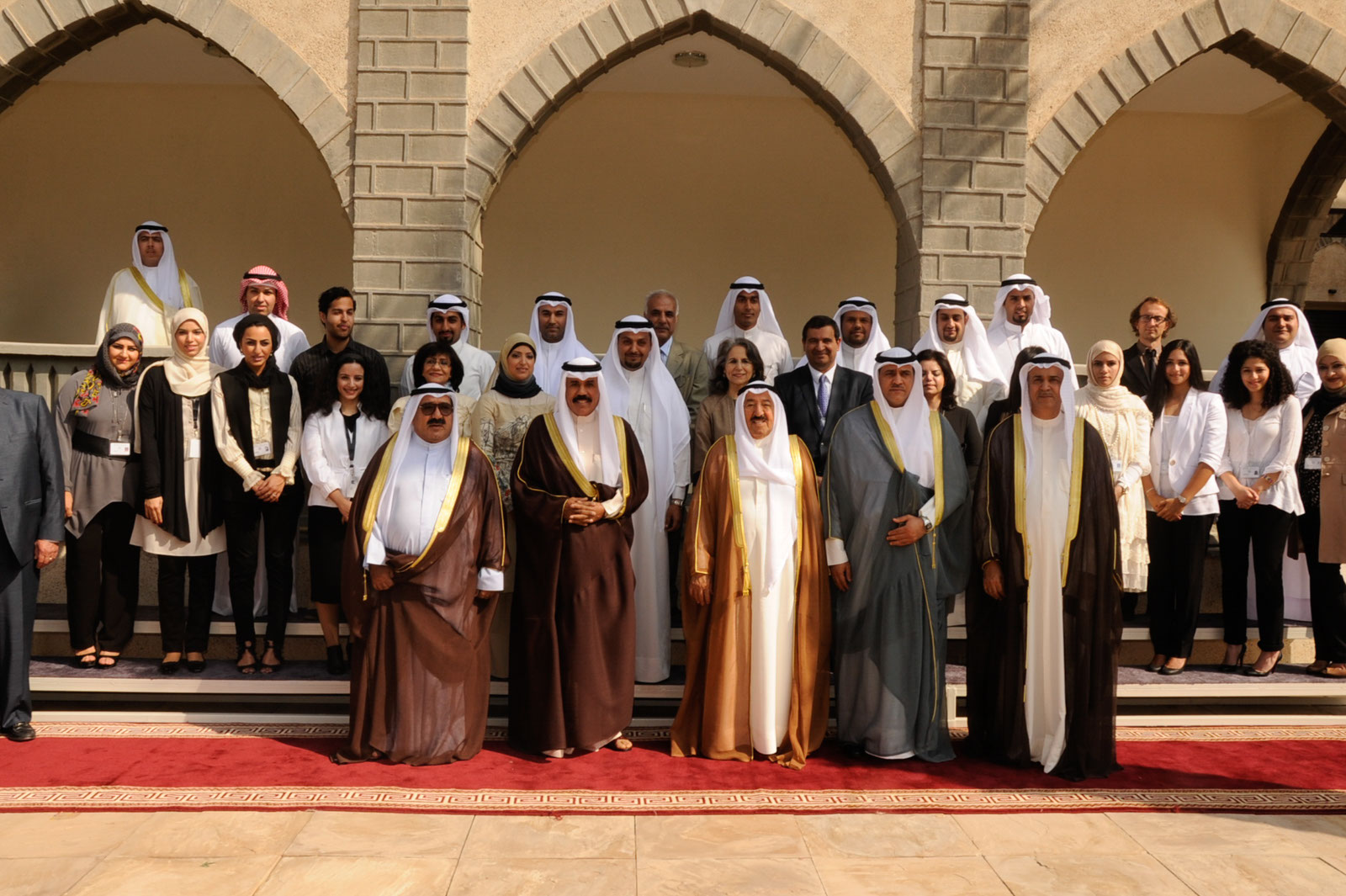
2011 was a year of celebrations for Kuwait and for the DAI. February marked the 50th anniversary of independence, the 20th anniversary of liberation from Iraqi occupation and the fifth anniversary of HH the Amir Sheikh Sabah Ahmad al-Jaber al-Sabah’s rule. Later, in November, HH the Amir officially opened the Amricani Cultural Centre in the historic American Mission Hospitals. It is worth noting that while parts of the buildings were in use as earlier, the full restoration wasn’t complete until October 2011.
The DAI was very busy in Kuwait during this year of anniversaries. In addition to the cultural seasons activities (the end of Cultural Season 16 and beginning of Cultural Season 17), three exhibitions were mounted at the Amricani Cultural Centre. The Story of Amricani, a multi-media presentation telling the story of American Mission and the evolution of healthcare in Kuwait and Treasury of the World: Jewelled Arts of India in the Age of the Mughals opened as the first DAI exhibitions in the Amricani. Late in the year, a third exhibition Japanese Pottery – the Rising Generation from Traditional Japanese Kilns was executed in cooperation with the Embassy of Japan and the Japanese pottery associations. Then, to wrap up the celebrations, the DAI hosted a three-day Amricani open house for all the staff and families of all the embassies in Kuwait.
During the year, DAI friends visited excavation sites on Failaka Island, the Subiya dig site and the camel races – all in Kuwait. The DAI participated in a national environment/conservation event and the 5th Islamic Arts Forum at Grand Mosque. Two new programmes were started: Visiting Classrooms, a multi-lingual, grade specific programme for classes coming to the Amricani Cultural Centre and DAI Docents, a volunteer programme that supports the activities of the organisation. DAI staff were also involved in training, participating in a two-week museum management course offered by Australian College Kuwait and Durham University (UK).
On the road, the DAI was involved in exhibitions, expeditions and an informal exposition. The DAI’s Al-Fann: Art from Islamic Civilization closed in Italy and moved to The Kunsthistorisches Museum in Vienna, Austria. India’s Fabled City: The Art of Courtly Lucknow, with loans from The al-Sabah Collection, travelled from California to the Musee Guimet in Paris, France.
Gifts of the Sultan, again with objects from the collection, replaced India’s Fabled City at the Los Angeles County Museum of Art (LACMA), before moving to the Museum of Fine Arts Houston, in Texas, USA. Pathways to the Modern World: Travelling the Silk Road, also with loans from the collection, opened at the National Museum of Natural Science in Taichung, Taiwan. And while the exhibitions represented the organisation in the US, Europe and Asia, DAI’s cultural expedition to Georgia introduced friends to new sites and cultures. Sheikha Hussah visited Utah in the US and held talks with Brigham Young University officials regarding the DAI loans to the university’s forthcoming exhibition: Beauty and Belief: Crossing Bridges with the Arts of Islamic Culture.
At home and abroad, 2011 was a year well worth celebrating.
H.H. the Amir Sheikh Sabah Ahmad al-Jaber al-Sabah Officially Opens Amricani Cultural Centre
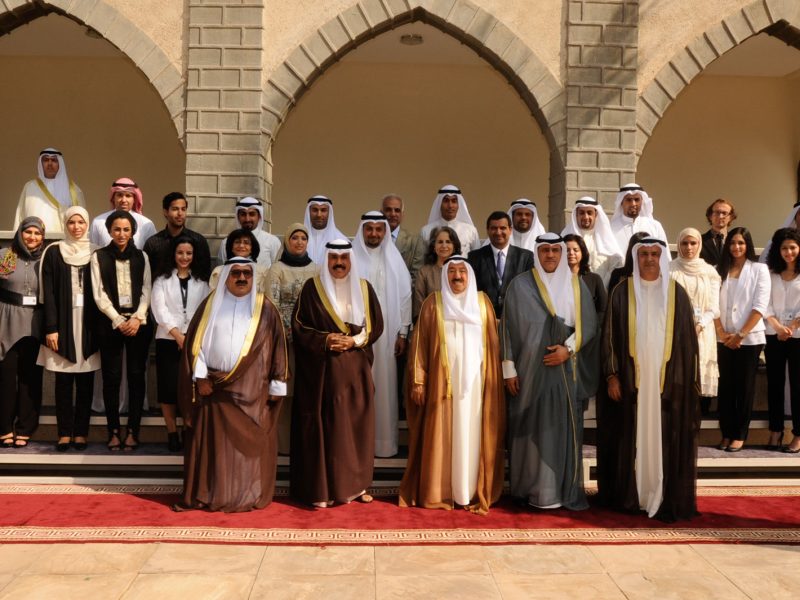
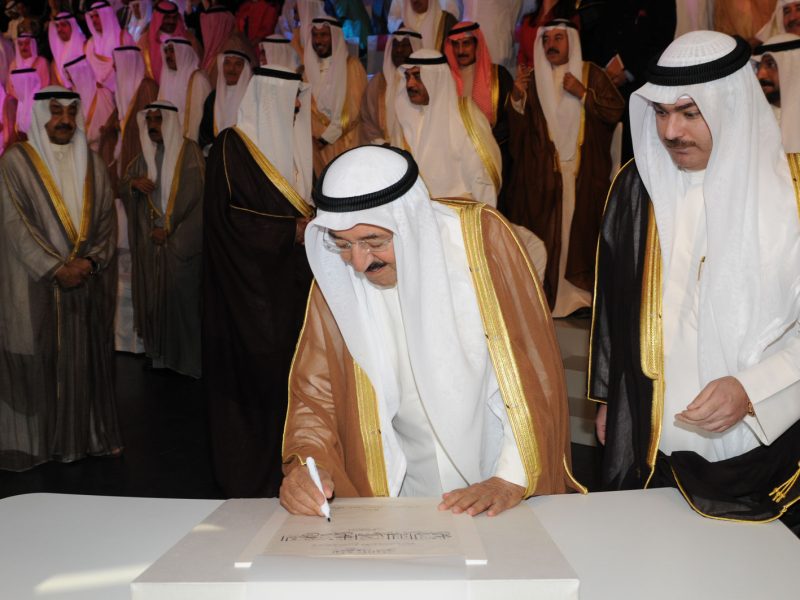
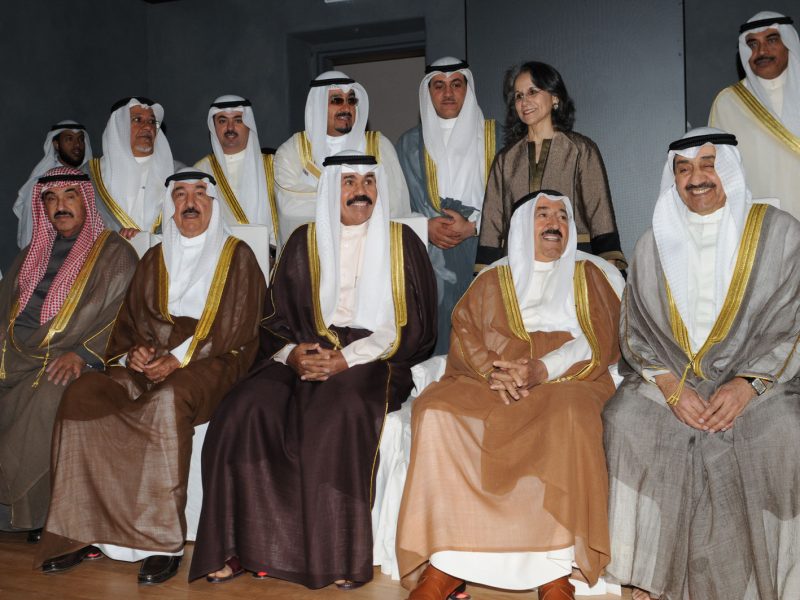
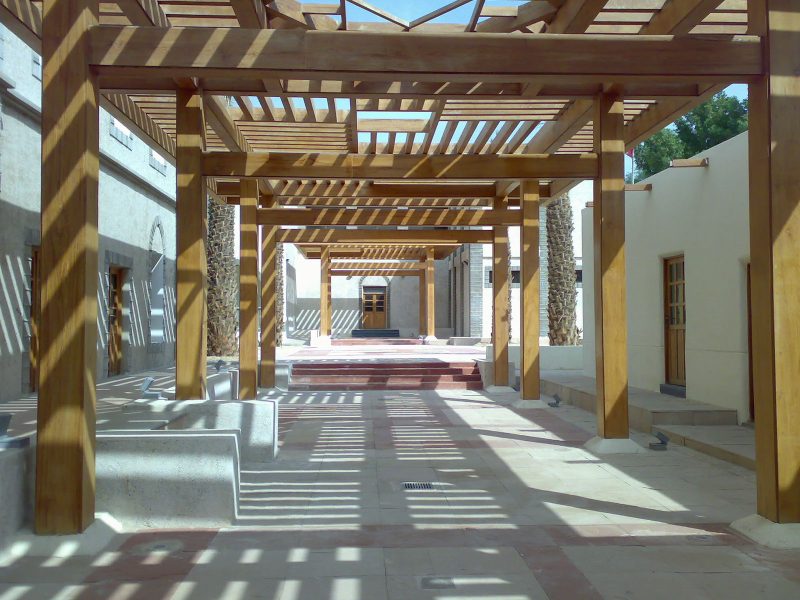
Conservation lab gets Compact Phienix Laser machine and appropriate training
ACK and Durham University Museum Management Training Course – 2 weeks for DAI staff
Al-Fann: Art from Islamic Civilization
Palazzo Reale, Milan, Italy
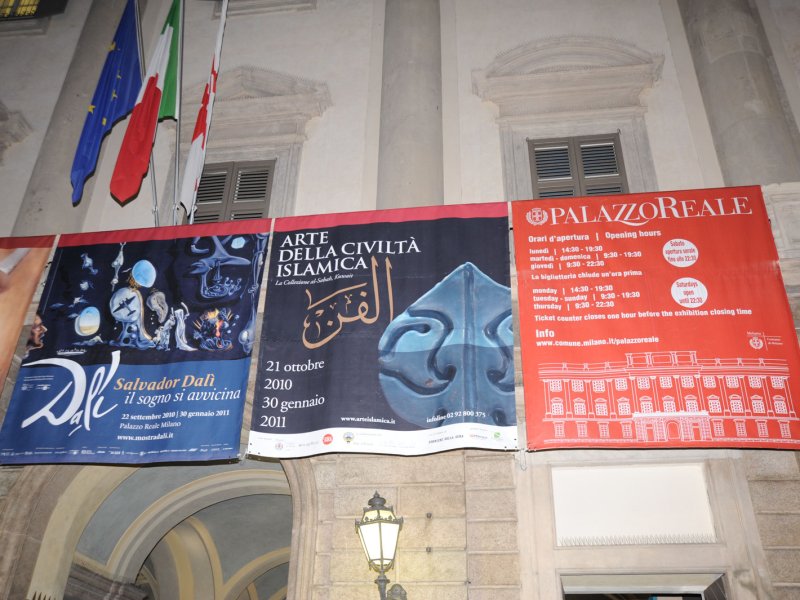
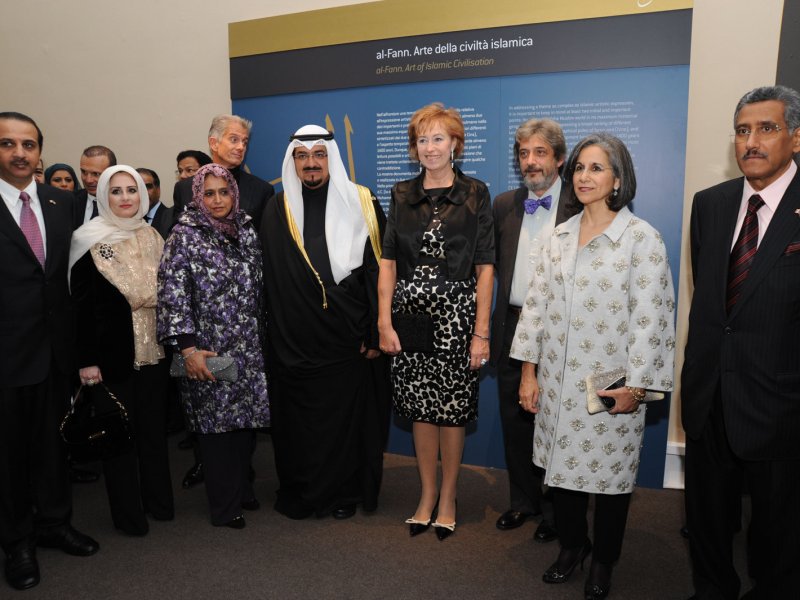

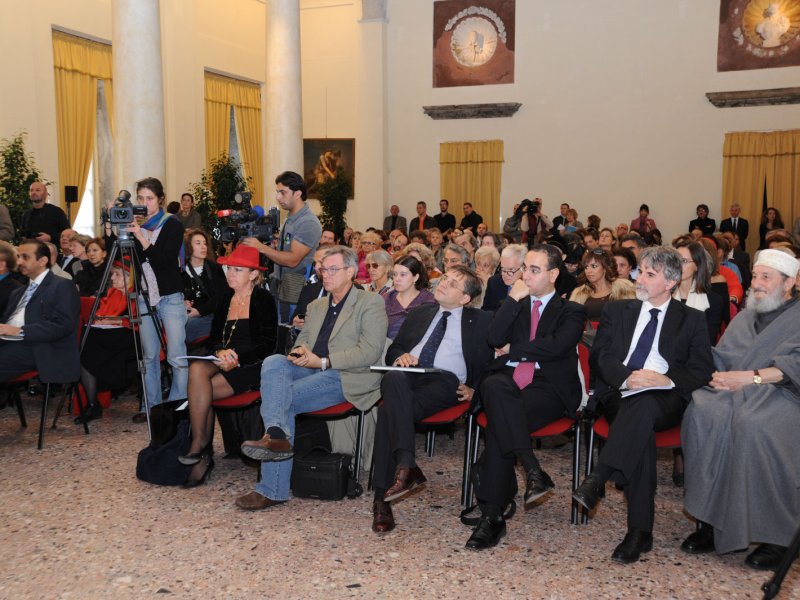
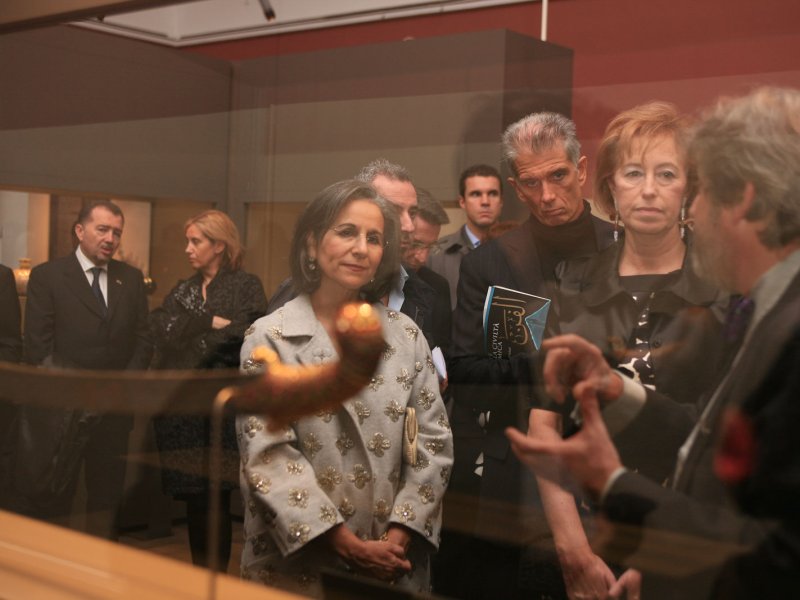
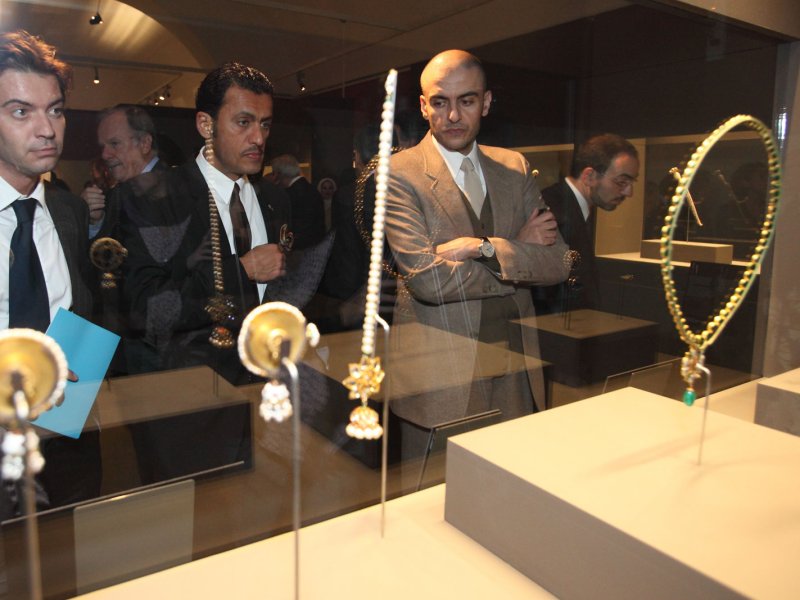
Caption
The Story of Amricani
Amricani Cultural Centre, Kuwait City, Kuwait
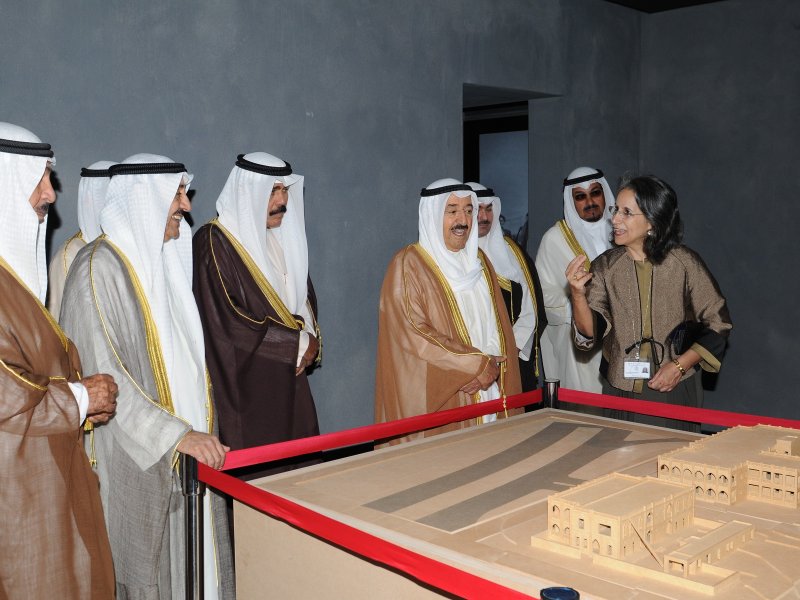
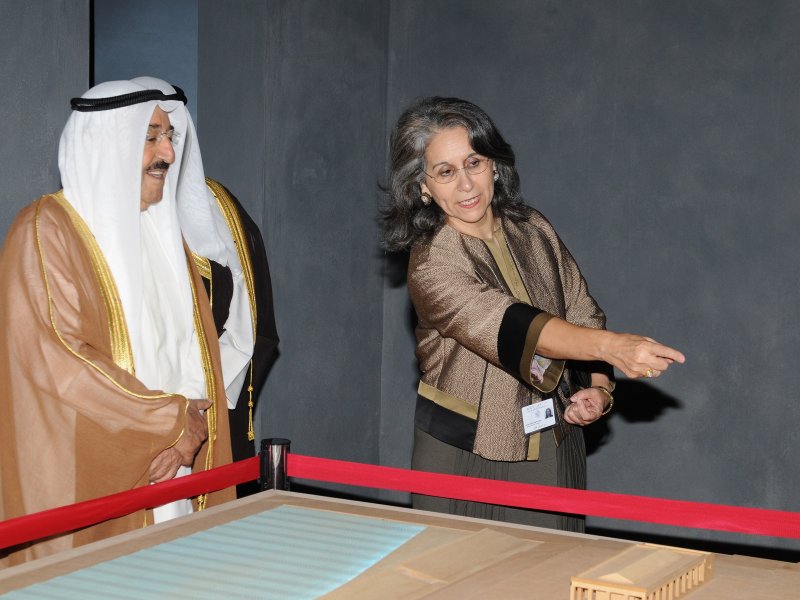
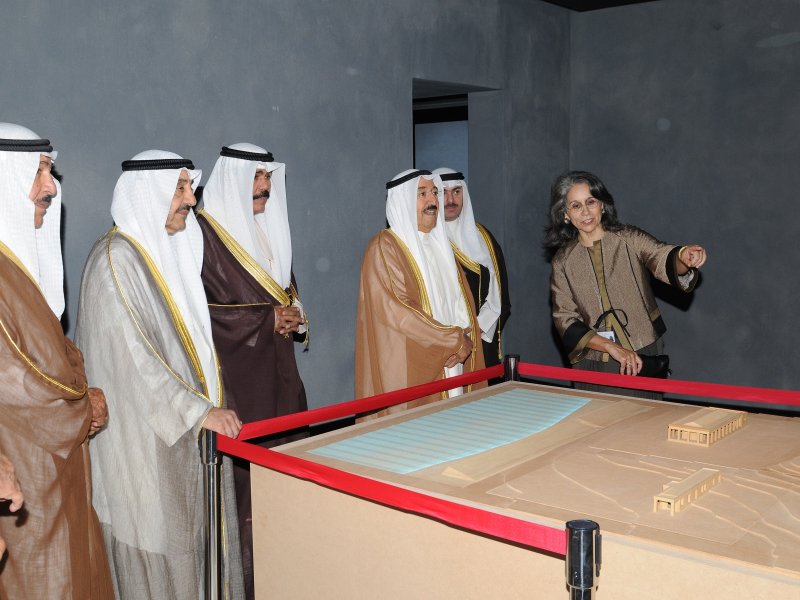
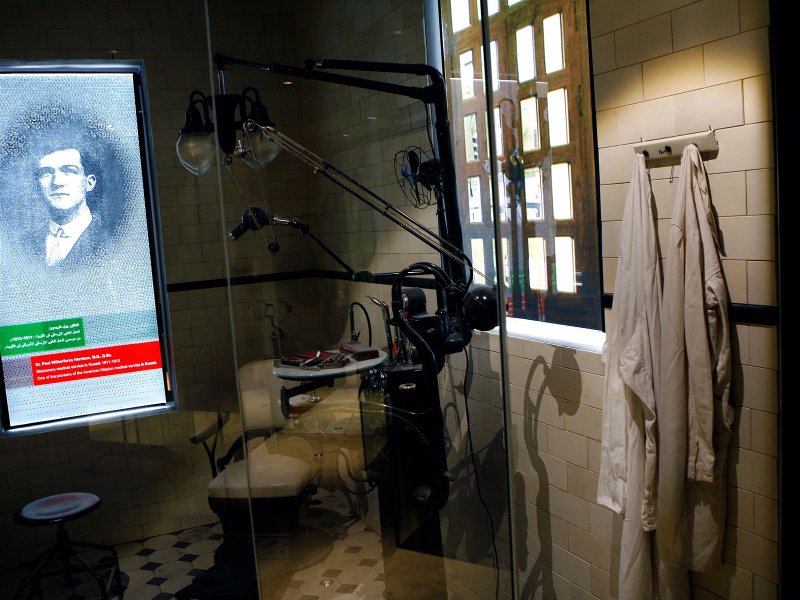
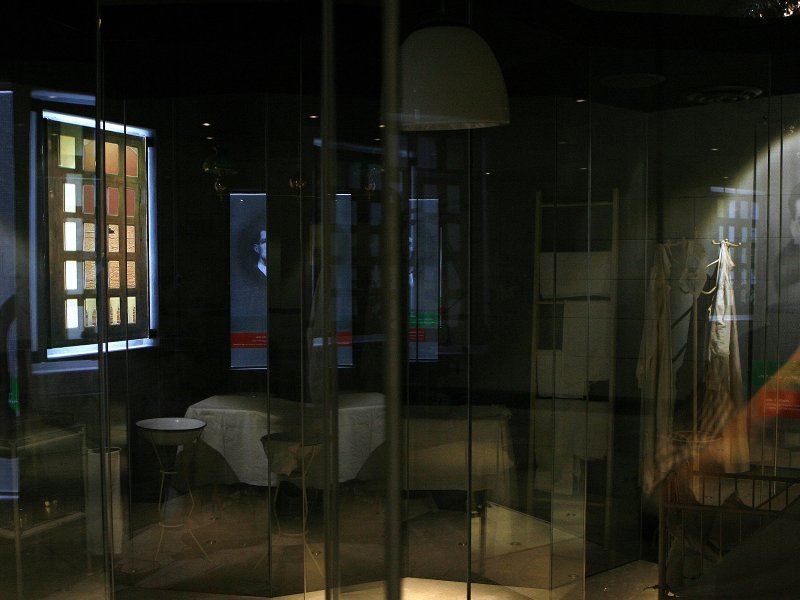
Caption
Treasury of the World
Amricani Cultural Centre, Kuwait City, Kuwait
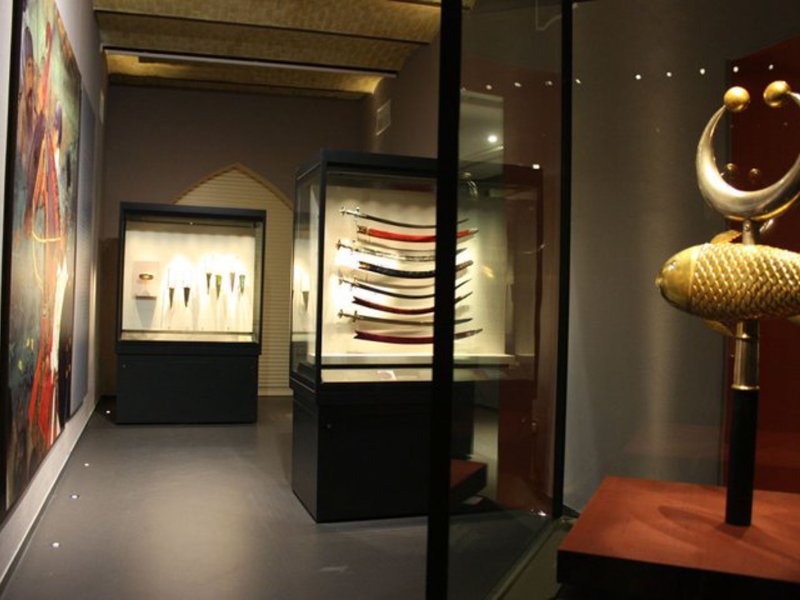
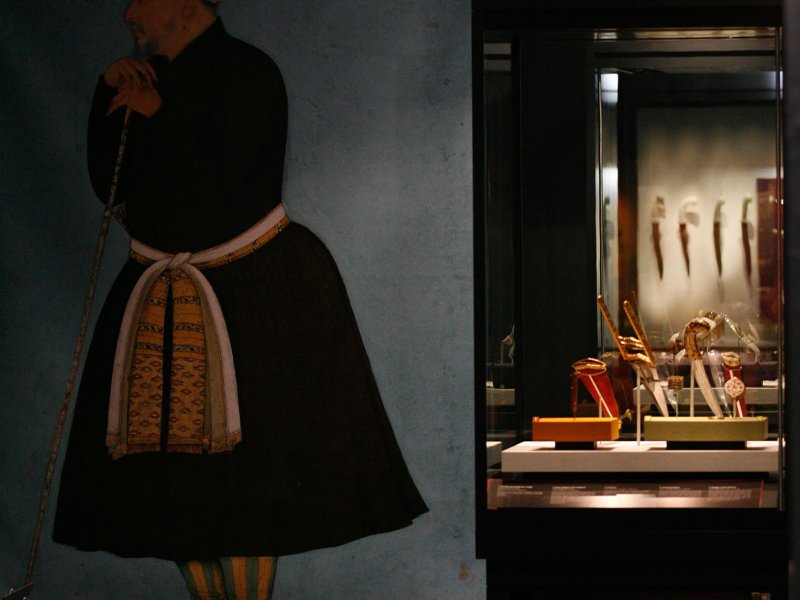
Caption
Al-Fann: Art from Islamic Civilization
Kunsthistorisches Museum, Vienna, Austria

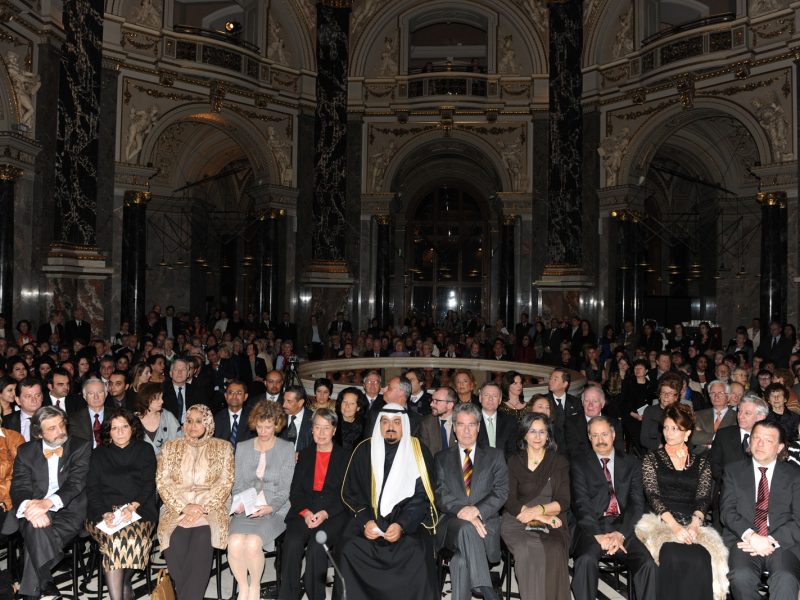
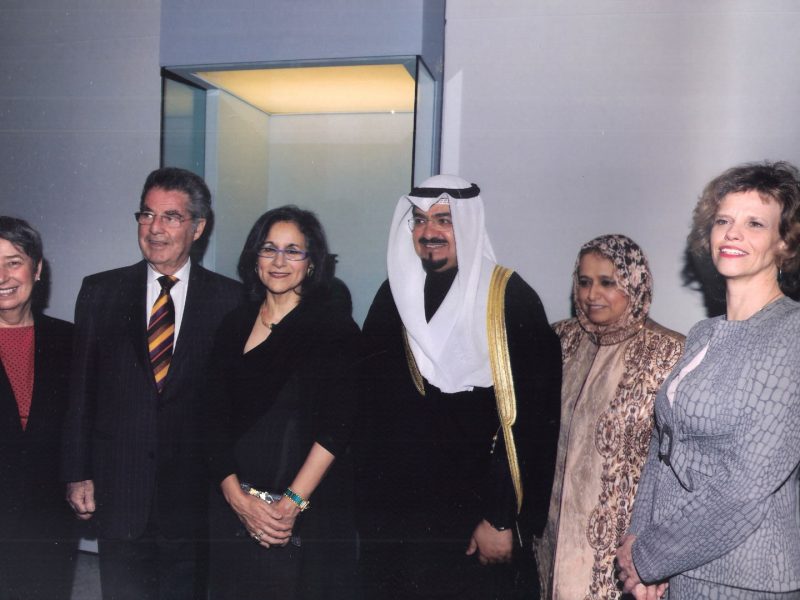

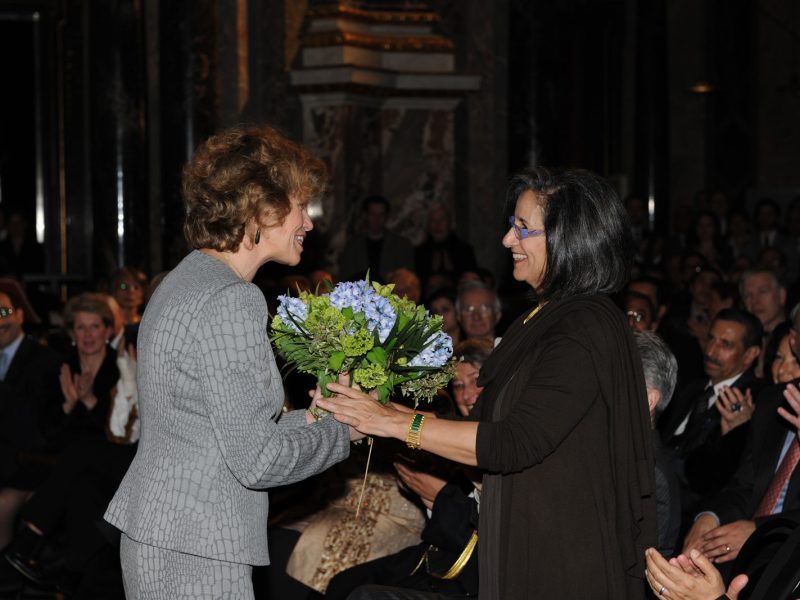
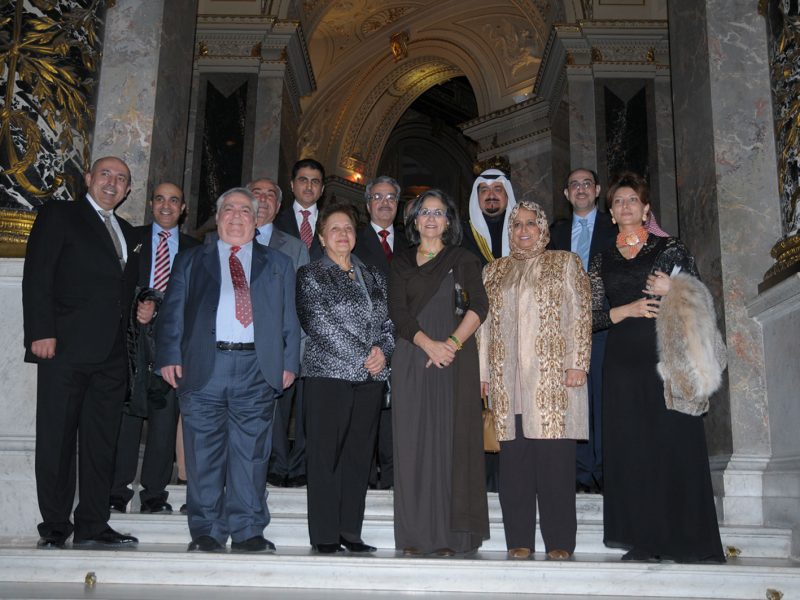
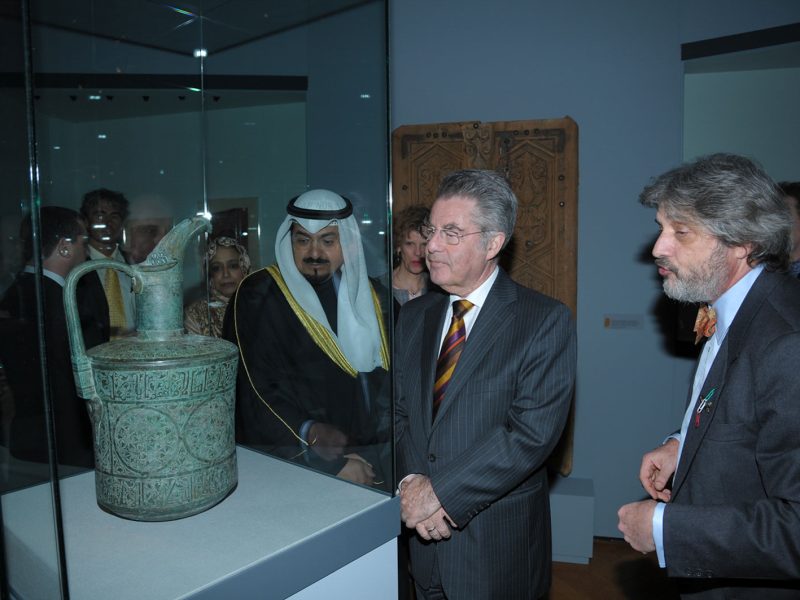
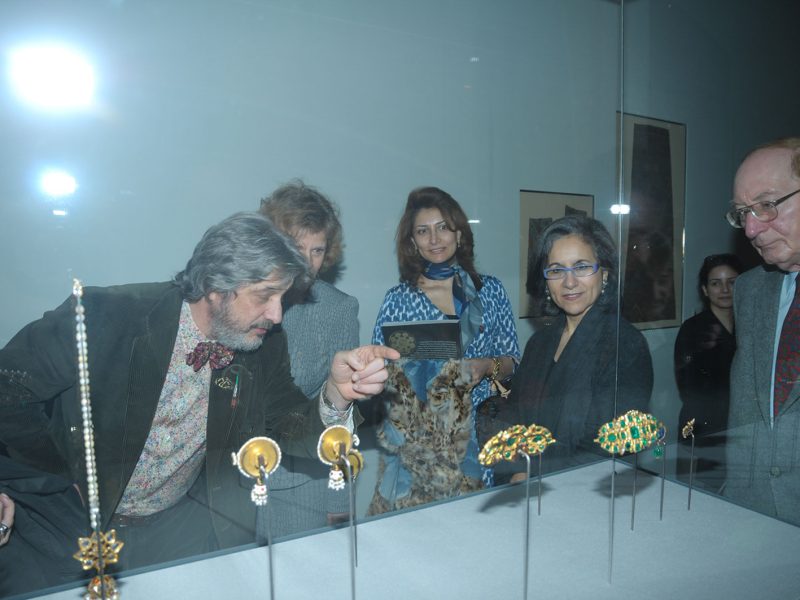
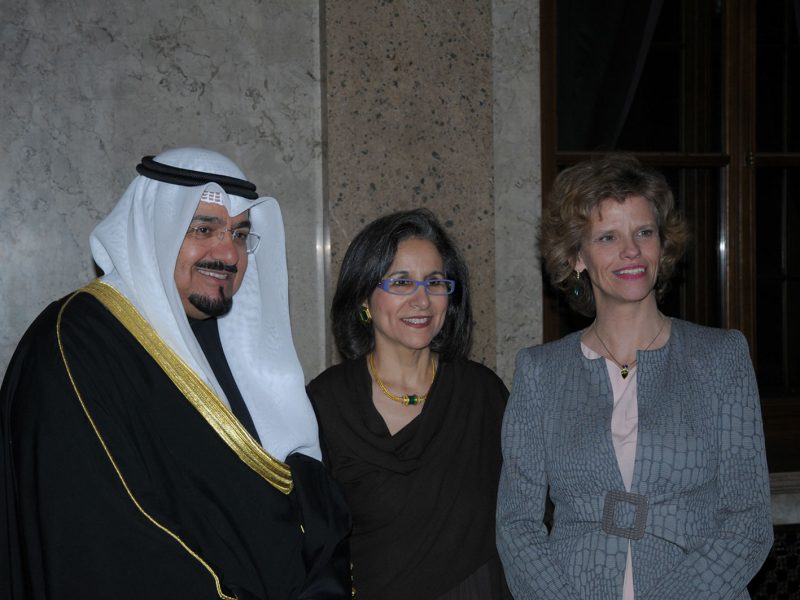
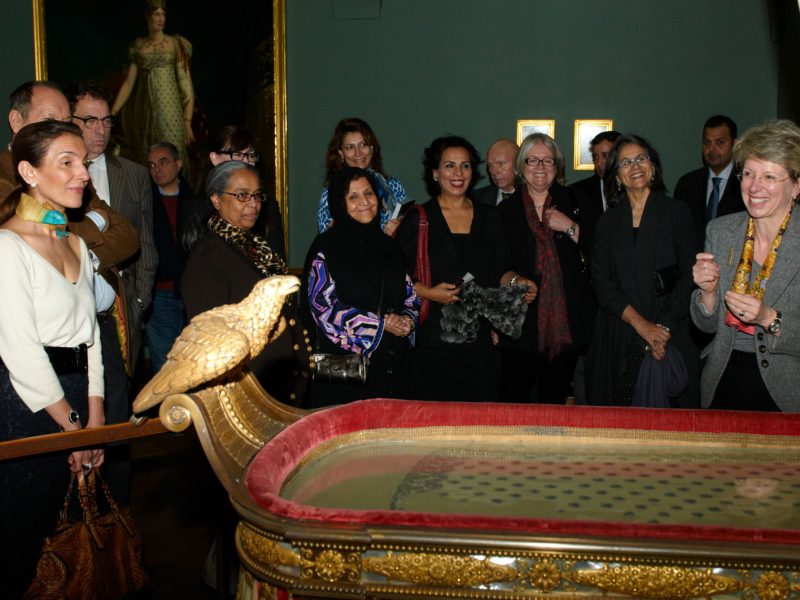
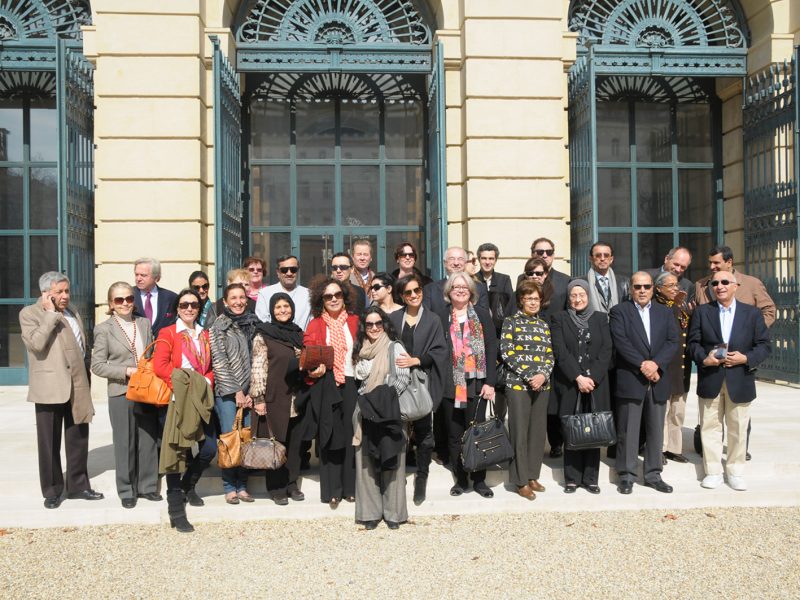
al-Fann at Kunsthistorisches Museum, Vienna, Austria
hosted Japanese Pottery – the Rising Generation from Traditional Japanese Kilns
Amricani Cultural Centre, Kuwait City, Kuwait
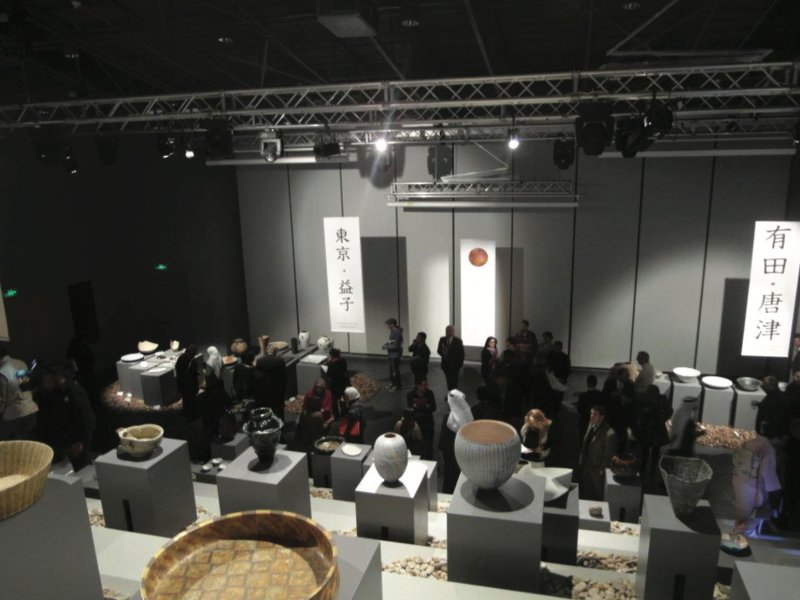
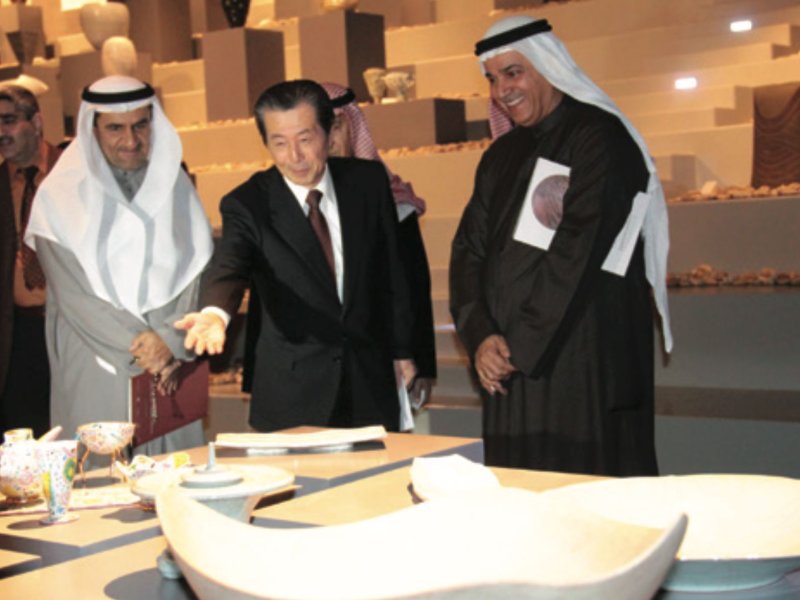
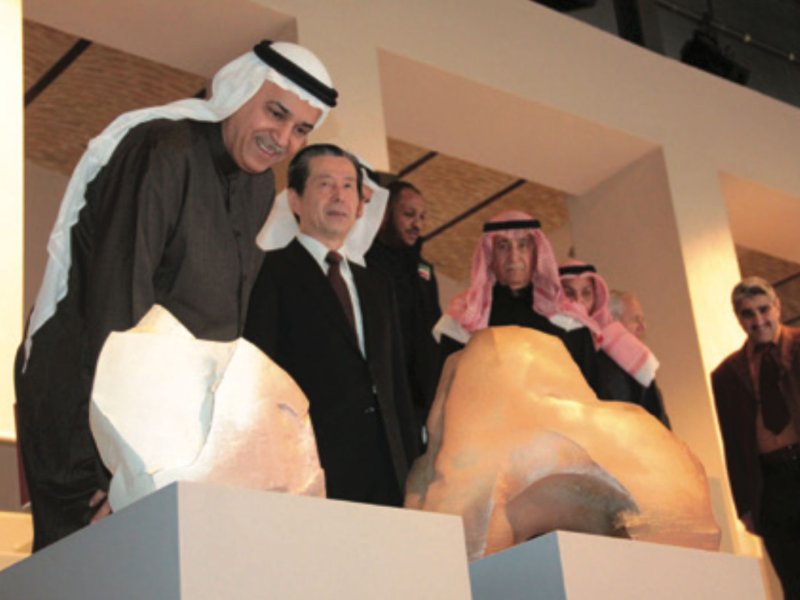
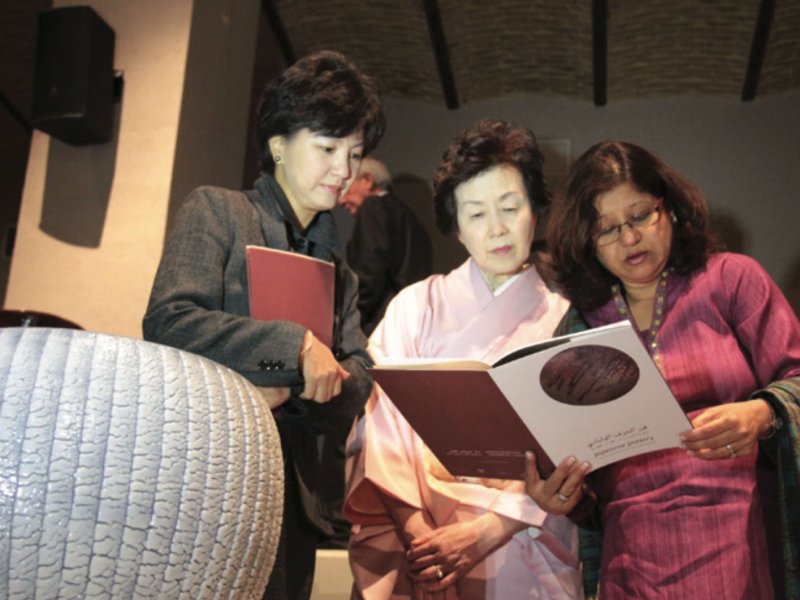
Visiting exhibition from Japan
loans to India’s Fabled City: The Art of Courtly Lucknow
Los Angeles County Museum of Art (LACMA), Los Angeles, California, USA
loans to India’s Fabled City: The Art of Courtly Lucknow
Musee Guimet, Paris, France
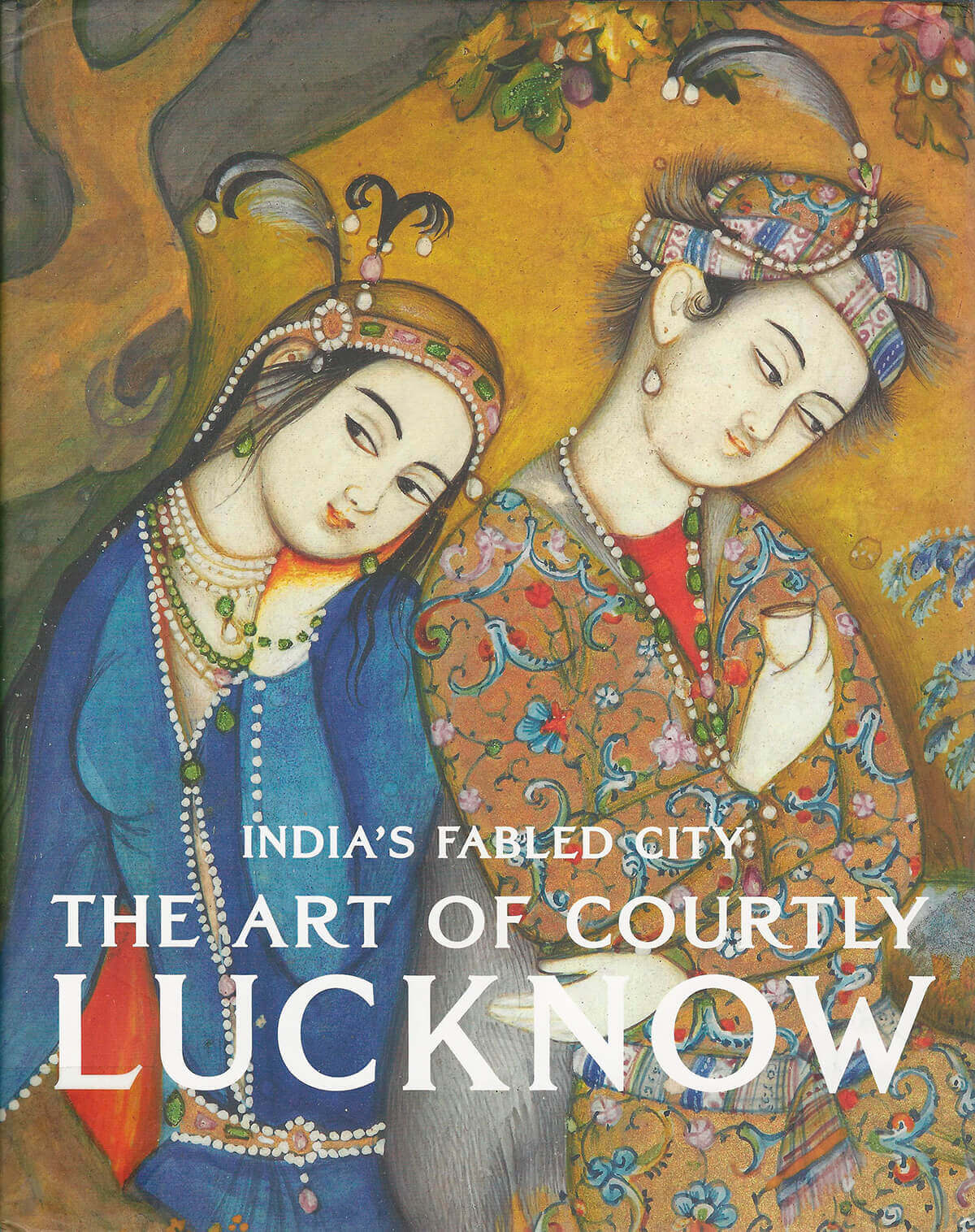
Caption
loans to Gifts of the Sultan
Los Angeles County Museum of Art (LACMA), Los Angeles, California, USA
loans to Gifts of the Sultan
Museum of Fine Arts Houston, Houston, Texas, USA

loans to Pathways to the Modern World: Travelling the Silk Road
National Museum of Natural Science, Taichung, Taiwan
The Edge of War: Kuwait’s Underground Resistance (Khafji 1990 – 1991)
by Alex Darwin
(book launch in Washington, DC, USA and London, England)
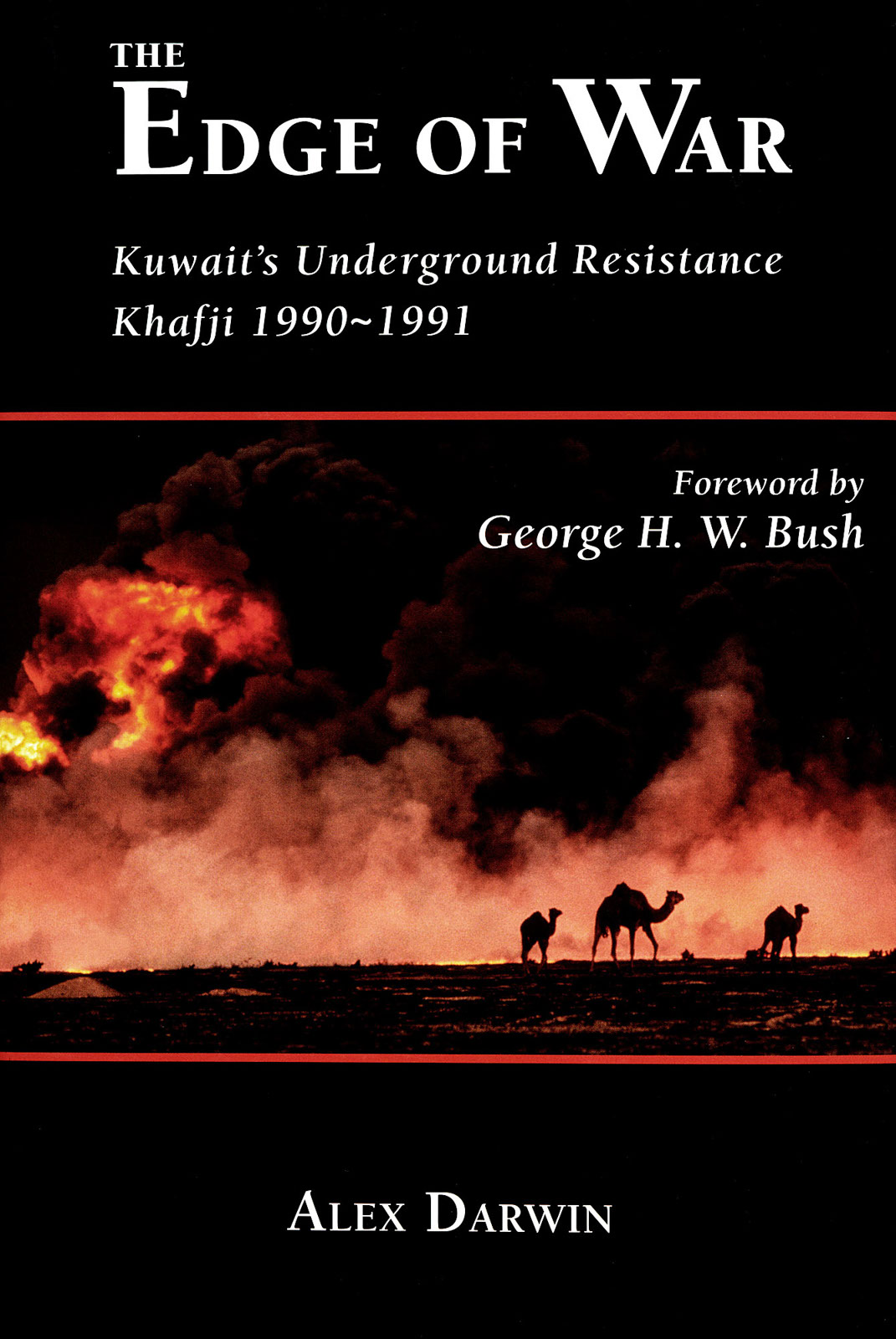
Hadeeth ad-Dar vol 33 in Arabic and English
Hadeeth ad-Dar vol 34 in Arabic and English

Bareed ad-Dar CS16, Issue 2 in Arabic and English
Bareed ad-Dar Year 13, Issue 3 in Arabic and English
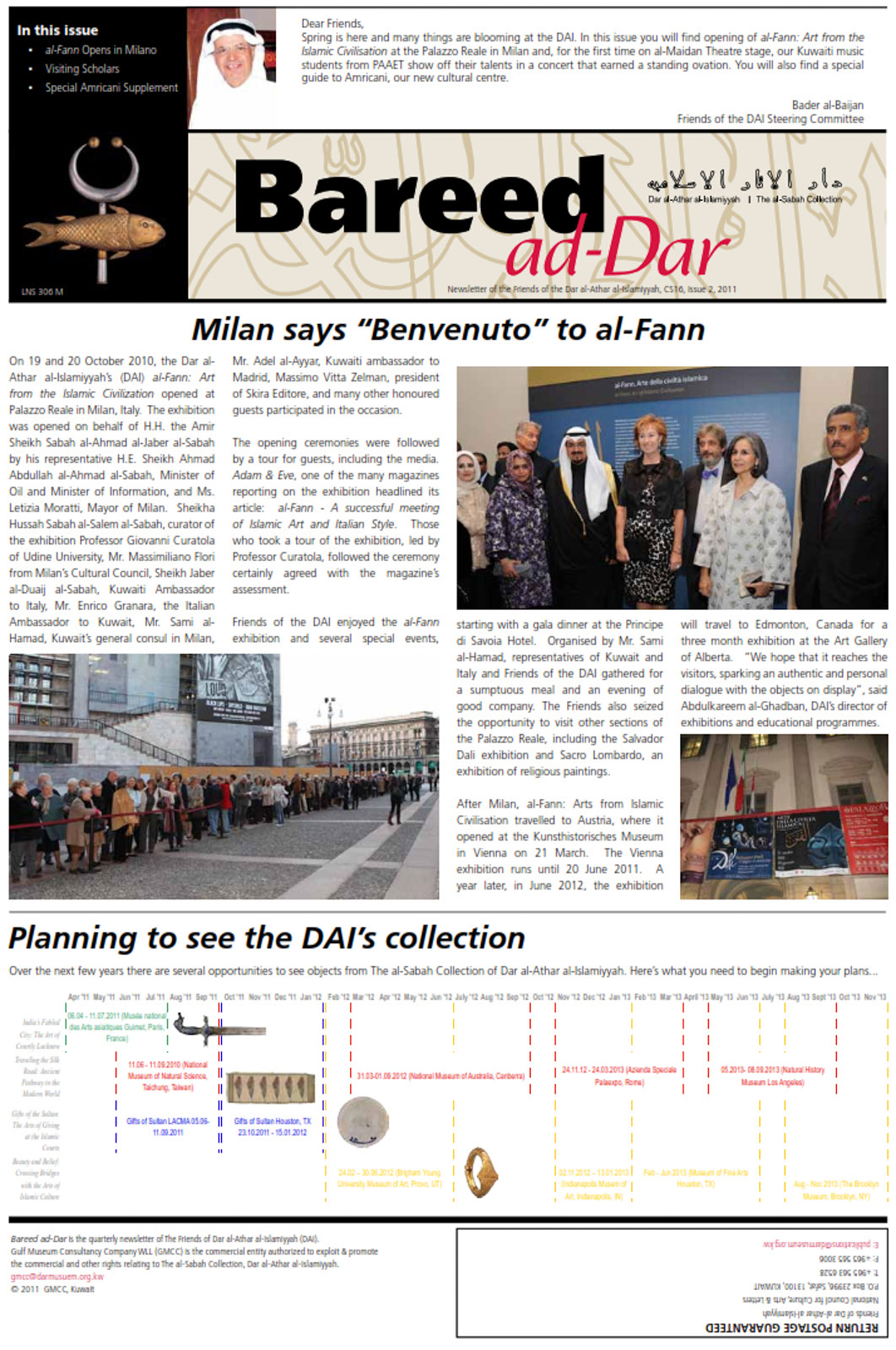
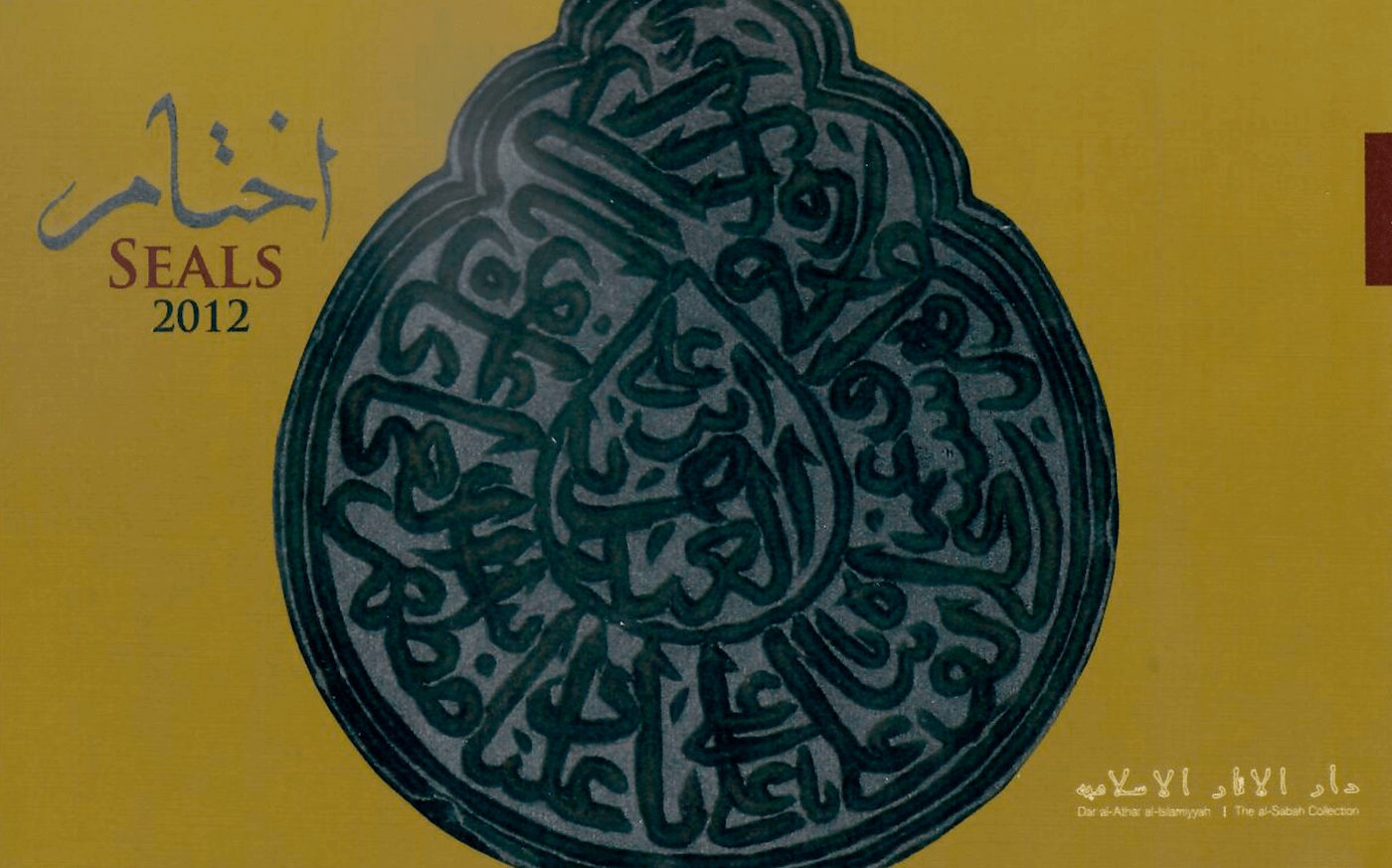
Cultural Season16 continues
Efim A. Rezvan
Fahmi Jadaan
Ahmed Sedkey
Stefan Weber
Tamer el-Leithy
Lisa Urkevich
Abdulhadi Alajmi
Elaheh Kheirandish
Amal Grami
Charles Melville
Aly Gabr
Keireine Canavan
Melanie Gibson
W. Nathaniel Howell
Martina Muller-Wiener
Cultural Season 17 begins
Ziad Rajab
Giovanni Curatola
Trudy Kawami
Anna Contadini
Iris Gerlach
Annie Montigny
Souad Ali
Lisa Urkevich
Jarno Peltonen
Adel Salim al-AbdelJader
Ahmed Fouad Basha
Mohamed Kazem and Colleagues
Anthony Peebles
Ramzi Yassa
Savina Yannatou
Jiři Bárta and Milan Svoboda
Okura, Tsunemi, and HIMIKO
Vienna Boys Choir
Juan Carlos Gómez Pastor and Company
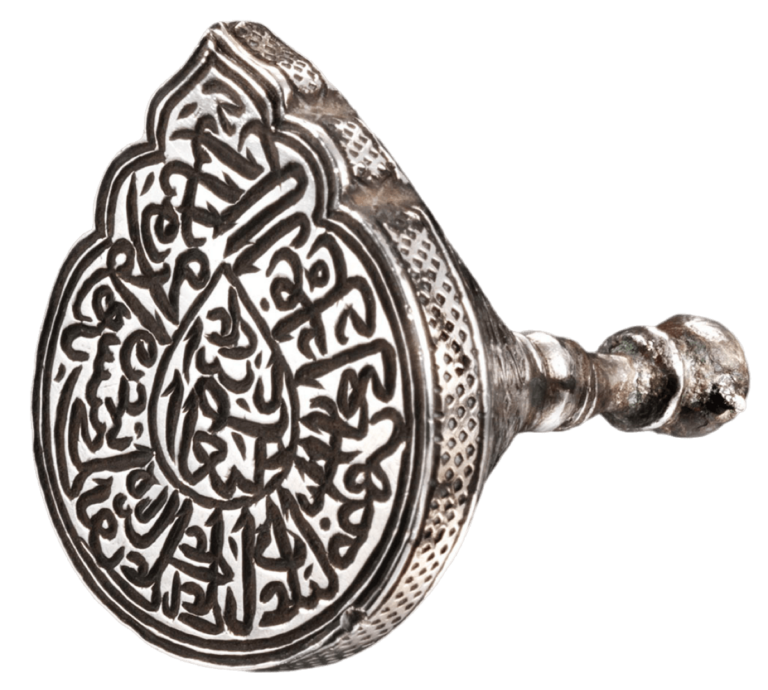
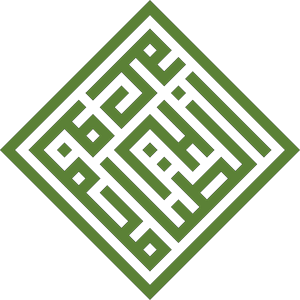
About Us
Archive
Collection
Publications
Subscribe to news about Dar al-Athar al-Islamiyyah and The al-Sabah Collection, Exhibitions, Courses and Events
Subscribe to news about Dar al-Athar al-Islamiyyah and The al-Sabah Collection, Exhibitions, Courses and Events